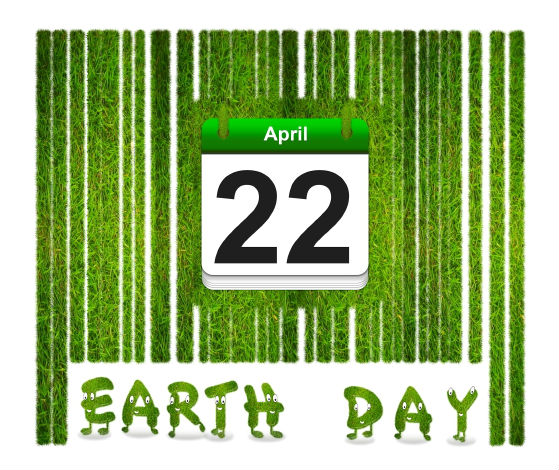
Earth Day has only been around for 40 years, since it was first celebrated on April 22, 1970. A year before the first Earth Day, a Wisconsin Senator, Gaylord Nelson, pioneered a new environmental direction for the United States. It was his voice and policies that led to the formation of the Environmental Protection Agency (EPA). Before the EPA, factories dumped toxic waste into nearby waterways, produced toxic fumes from smokestacks and filled landfills with harmful chemicals. No law or government existed to protect the environment.
Nelson worked for more than eight years on environmental efforts leading up to the formation of the EPA. Most of these efforts were ignored by the government, but the concern with the environment was growing among the people of the U.S. Americans started questioning the use of pesticides, and expressed concerns about water pollution and the increase in smog in some major cities.
Nelson was well acquainted with many of the grassroots student movements of the era. Instead of just fighting with the federal government, Nelson wanted to tap into the general public’s concern with environmental issues. He saw the energy and impact of the young people protesting the war and dreamed of honing that energy for issues concerning the planet. This was the birth of the first Earth Day.
There was a major push to organize campuswide events to promote Earth Day. The idea really blew up when Nelson made a speech in Seattle on September 20, 1969. Most major television stations aired his speech, giving wings to the growing idea of an Earth Day. While pressure existed for someone to take control, Nelson insisted the control remain at a grassroots level, among the people.
The first Earth Day approached and far exceeded anyone’s expectations. More than 20 million Americans participated at rallies, public hearings and other environmental events. This monumental day was a cooperation between more than 10,000 schools, 2,000 colleges and a thousand communities. Although the younger generation pioneered the way, young and old responded on that day.
In response to such a large and successful showing, President Nixon and other people in Congress showed their support to the cause for environmental reform. Nelson continued to forge the way through the early part of the 1970s until the formation of the EPA, changing the direction of this country and the globe.
Earth Day became common ground in the educational sphere, but was slow growing in the general public. Schools would observe the day and use it as an opportunity to teach about the earth and ways to conserve, but on the national level, it was still under the radar. Earth Day really took off in 1990, its 20-year anniversary, where its focus was to inspire the global community. This push continued at the 25th and 30th anniversaries, solidifying Earth Day as a global holiday.
The history of Earth Day is proof that one person can make a significant difference in the future of this country and the rest of the world. Earth Day was inspired by one man who gave a voice to concerned Americans. It was the voices and actions of the people that redirected and established law to govern and protect the precious earth.


